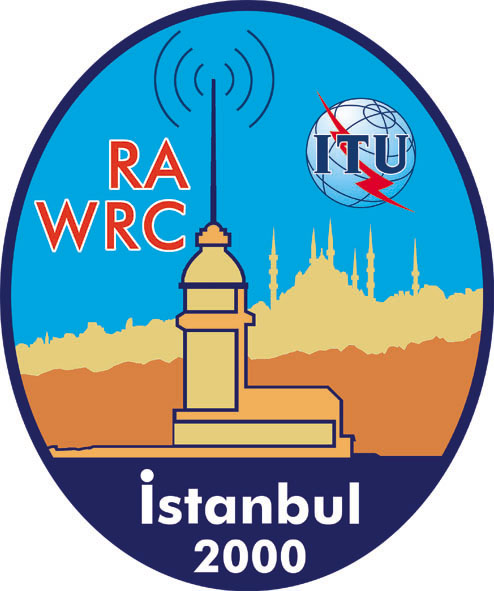
World Radiocommunication Conference 2000
Telephone: +41 22 730 6039
Fax: +41 22 730 5939
E-mail: pressinfo@itu.int
 |
World Radiocommunication Conference 2000 |
|
Telephone: +41 22 730 6039 |
Sharing the Skies
(Part III)
High density fixed services (HDFS) cover new wireless point-to-point and point-to-multipoint technologies ranging from Fixed Wireless Access (also known as Wireless Local Loop) to high-speed broadband wireless systems such as Local Multipoint Distribution Service (LMDS). Through their ability to provide cost-effective, reliable metropolitan links, HDFS seem certain to play a growing role in a wide range of applications, from broadband access for city-based business customers to low-cost facilities monitoring of remote sites through "always-on" telematic connections between networked systems.
For the moment, there is wide support from WRC-2000 participants for new allocations for HDFS in bands between 30-70GHz, contingent on sharing studies which demonstrate the feasibility of sharing between HFDS systems, geostationary and non-geostationary fixed satellite service and radioastronomy services. The only exception is a minor divergence of views over the bands 31.8 GHz-33.4 GHz, 37-42.5 GHz and 55.78 GHz-56.26 GHz, where some prefer the fixed satellite service over HDFS.
These new HDFS could prove useful in bridging the access gap in developing countries where their ease of installation and potentially lower costs make them ideal for providing broadband connections where infrastructure is poor or non-existent. They can also potentially accommodate new telecoms operators in aiming to gain market access in competitive environments by providing alternate technologies for upgrade of existing telephone infrastructure or for greater access and service choices for residential and commercial users for telephone, data and multimedia services. They are also expected to be widely used for a range of remote monitoring and meter-reading services, cutting costs and improving efficiency for utilities like electricity and gas suppliers.
High Altitude Platforms, or HAPs, are planned systems which use balloons positioned high in the Earth�s stratosphere to deliver satellite-type services to large areas. To date, the most advanced system in terms of planning is the SkyStation system, although another similar system is under development. The SkyStation system will employ around 200 high-altitude balloons positioned 21km above the surface of the Earth to support some 700 spot beams, delivering 300 MHz of bandwidth in both uplink and downlink direction in the 47.2�47.5 and 47.9�48.2 GHz bands. For users, this translates into high-speed 2Mbps connections capable of supporting full broadband services like rich multimedia and person-to-person videoconferencing.
WRC-97 provisionally approved a basis for the use of high altitude platforms above 30 GHz, specifically in bands 47.2-47.5 GHz (space-to-Earth) and 47.9-48.2 GHz (Earth-to-space), effectively giving the green light to future development of HAPs systems while providing for protection (via Footnotes to the Radio Regulations) for radioastronomy services currently in the band 48.94-49.04 GHz.
During the course of WRC-2000, HAPs operators will be looking for confirmation of those provisional arrangements. With most delegations supporting extension of the timeframe of WRC-97 Resolution 122 (which provided the initial allocation) until at least the next WRC, operators may not achieve a definitive allocation at this conference, but the technical future of HAPs systems would not seem to be affected.
Sharing the Spectrum
With all these services, and many others, vying for allocations and protection from harmful interference by other systems, delegates to WRC-2000 should have no problem filling each day�s programme over the course of the month-long event. As always, the result of the conference will be a balancing act between the sometimes conflicting requirements of spectrum for new services and the need to protect the existing systems which provide valuable communications links, particularly in developing countries where wireline infrastructure can be sparse.
With wireless systems playing an ever-growing role in the world�s communications networks, only one thing is certain: the decisions taken in the WRC-2000 plenary sessions in Istanbul in May/June will play a crucial role in determining future shape of telecommunications worldwide.
n